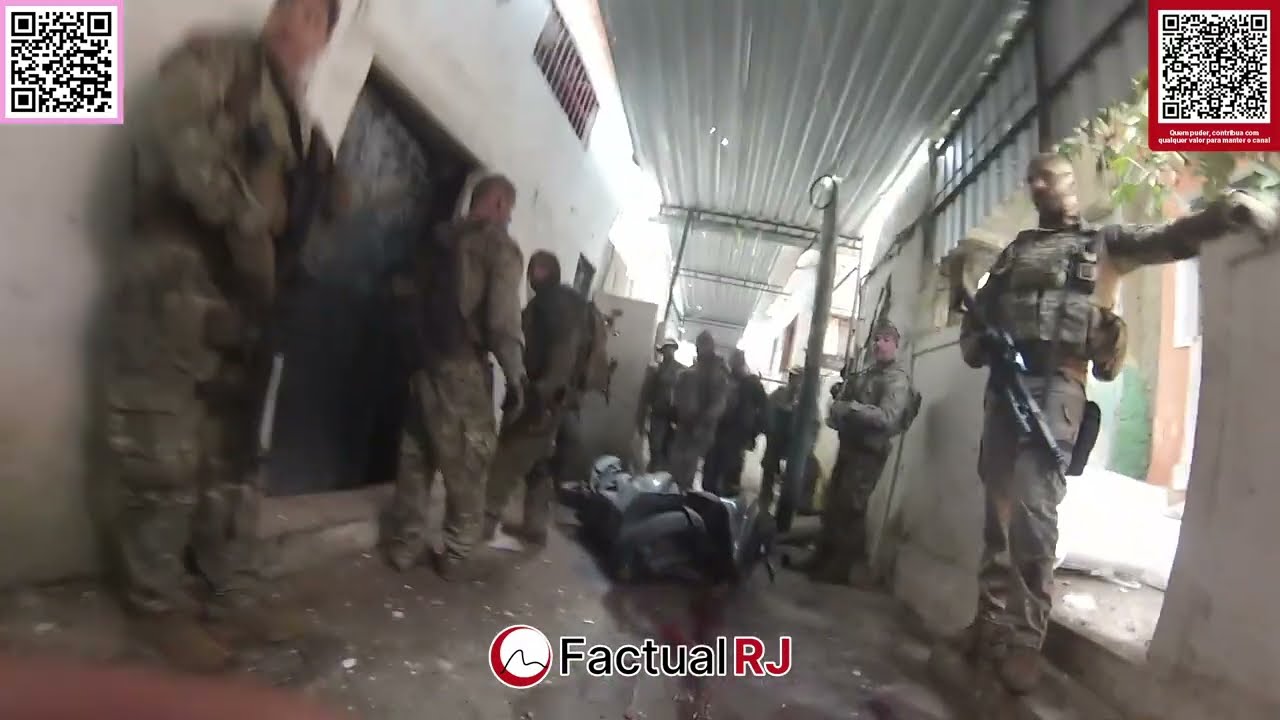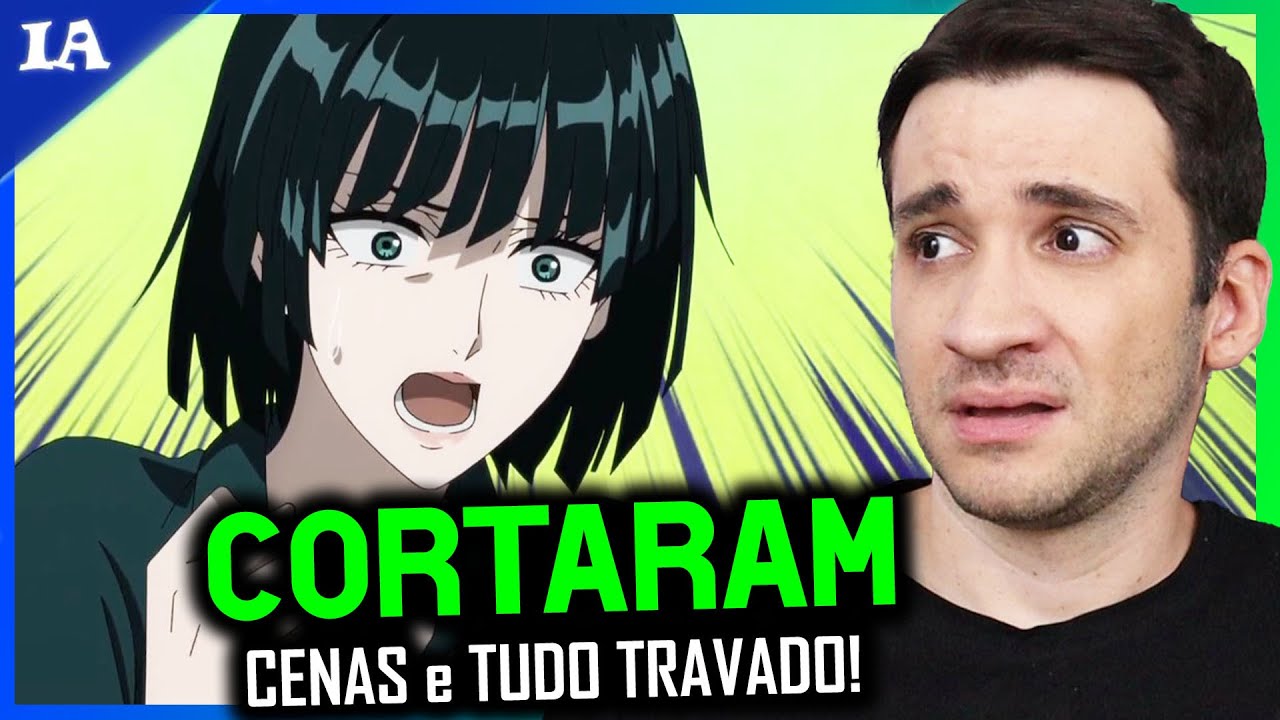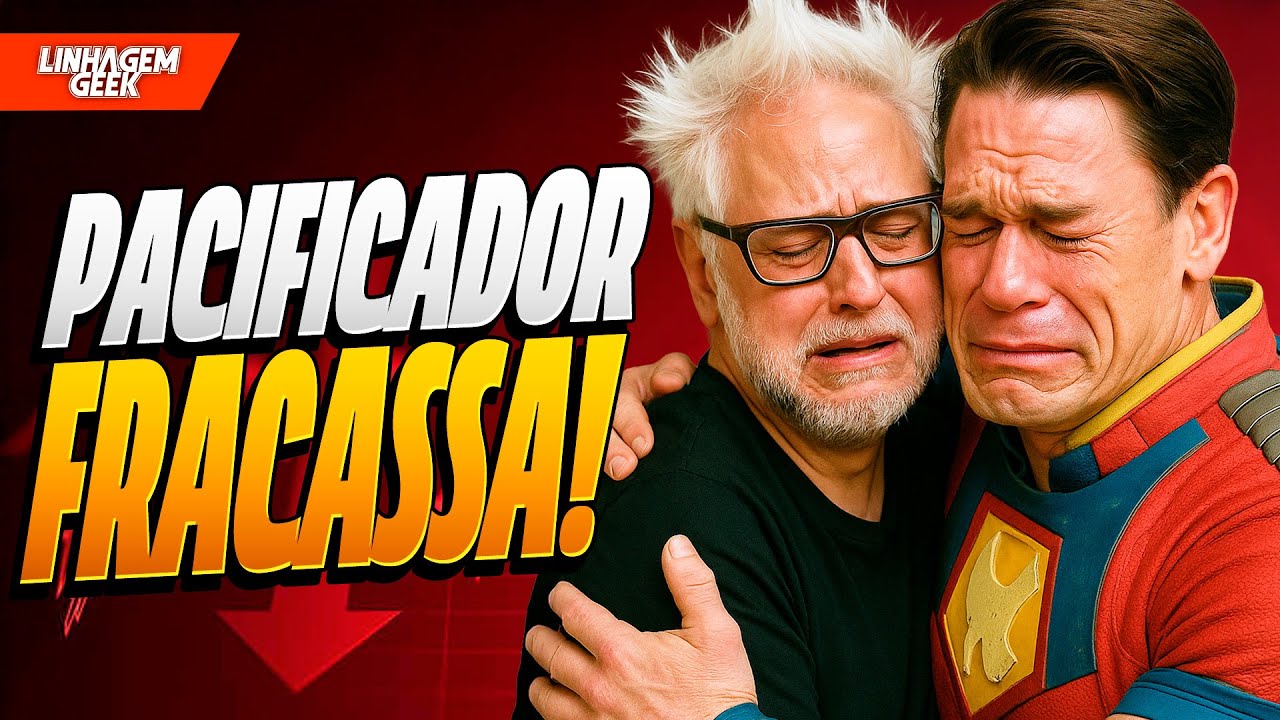ARQUEOLOGIA DO TEMPLO DE JERUSALEM! Dentro do Templo de Jerusalém!
0Shalom! And welcome back to Israel with Aline, today’s subject is the archaeological findings and evidence from the Temple of Jerusalem, and so we are here on the side of the Temple Mount, and there is also going to be a special surprise in today’s video, so if you are ready, let’s get started! So let’s start our day at the Davidson Center Archaeological Park which has finds from the time of the second Temple of Jerusalem. And the Second Temple of Jerusalem was built in the year 516 BC by the Jews who were returning from Babylonian exile, but was reformed by King Herod – The Great in the year 20 BC, and most of the finds that we’re going to see here are from that time, and this is the Temple that Jesus is going to visit. We are walking now on the side of the western wall, I mean on the side where the Temple of Jerusalem was and I want you to see this floor that we are walking on, it is original from two thousand years ago. And this was an extremely important street! This was the main commercial street at that time, which means that on both sides there were stores that sold everything and we are now going to see one of these stores, come on! But what did they sell? Well, one of them was for example a currency exchange office. The entrance to the Temple of Jerusalem was not free, but it cost half a shekel, so for example if you came from another region, for example from Egypt, and you want to enter the Temple of Jerusalem, you will come here to exchange the Egyptian money for half a shekel, and then you can pay the entrance to the Temple, there is a small amount, but it was mandatory for everybody, and it was also used as a sense, to count the population. And another store could sell animals, for example, why? Because in the Jerusalem Temple sacrifices were made, so you could take for example money that you have just exchanged, come here to this stall and buy here an animal: a dove or a lamb to be sacrificed in the Temple. And by the way, when the Temple is destroyed in the year 70 after Christ, animal sacrifices stop, in the Jewish world since then, no more sacrifices are made. And there is one last very important story that happened here: this is the coming of Jesus through this street. You may know the passage where Jesus is with the merchants from the Temple, the Temple people didn’t allow commerce up there, when we talk about the Temple commerce, it’s not the commerce up there but the commerce here around the Temple, and this was the main commerce street, and Jesus is going to come here and break the merchants’ stall. Probably folks, was a stall like this, the stalls that sold things for the Temple of Jerusalem and not in the Temple of Jerusalem. Another archaeological find connected to the tribe of Levi is this stone here, this here was the southwestern end of the Jerusalem Temple and an inscription was found here that is written: “Lebeit hatkia leavdil” And there it would probably continue phrase written “Leavdil ben kodesh lechol” what does that mean? Lebeit hatkia, the house of the ringing of the Trumpets, to separate the sacred from the ordinary, folks, look how amazing! This little space here that we see dug out was the place where a Levite stayed, and here he played the trumpets to announce the beginning of the Jewish feasts, to start Shabbat this is done folks, to this day. Not with Levites and Trumpets but in Israel in most of the cities like Jerusalem there is a small siren that sounds on Fridays announcing the beginning of Shabbat; a tradition that comes since the time of the Temple in Jerusalem. So this stone here, it stood up there at the end of the Temple, and here the Levite stood to announce and to blow the trumpets. But before going up to the Temple in Jerusalem, there was one thing that everyone had to do, which was to purify themselves. And how is purification done in Judaism? Through Mikve, Mikve is a ritual bath, and of course in the archaeological excavations around the Temple, what are we going to find? More than a dozen Mikves, just here in this small space. So let’s enter one of them and see what it looks like. How does someone enter? How the person come into the world, if you well understand me, and it was clearly separated between men and women, and we can see this division here, because those who were going down were impure, and those going up were already purified. And as you can see there is water inside, but the water is not very clean. So I am not going in. But the person would come all the way down here, there is this pool here full of water, the person does their soaking, and then they go up the other side and this is exactly the division. Let’s continue our tour now. We are now walking over the staircases that were the southern entrance to the Temple of Jerusalem, that is from here you could go up and enter the Temple. And these stairs were built by King Herod – The Great over the older staircases that used to be here. Now, a “weird” thing here are the steps, you see there is a big step and suddenly a small step, a big step and a small step, why, didn’t the architects know how to make stairs? Why are the steps different sizes? And this has a reason, and it is very well thought out. Think that if someone came here two thousand years ago, and saw how big and how colossal the Temple of Jerusalem was, and he starts to get excited and he want to run up to the Temple of Jerusalem, if you run up a stairway like this, you’re going to fall, the purpose of these stairs is to make whoever runs up fall on them, so that everyone takes a deep breath, goes up slowly, with the respect that the Temple of Jerusalem deserves. So let’s go up slowly now, too. The pinnacle of the Temple, the place where one of the Temptations of Jesus happened, it’s right there, we can see, at the end of the south wall, where the east wall also begins and for whom didn’t see guys, more about the Temple spire I’ll leave a link up here to the previous video, here behind me we see three colossal arches, they are the Gates of Huldah, nowadays, as we see them, they are closed. They were one of the main accesses to the Temple mount, and these three gates, they were the entrance to the Temple Mount, and a double gate that is further on, it was the exit. And folks, it was organized, even two thousand years ago there is a designated place for the entrance, a designated place for exit, with one exception: those who were mourning had to enter through the exit and exit through the entrance. Why? Think now, you come to Jerusalem, which is a super remarkable moment for you, but also a moment of the community. And if you are now leaving through the entrance, everyone who is passing in the opposite direction is seeing you, and people now have an opportunity to talk to you, to ask you if everything is okay, if you need anything, if you want to come to their house? So it’s also a moment for the person without having to say anything, everyone knows they’re grieving, and whoever want to, can offer their help. So the Temple had a very important role in religion, but also in the community life of the time. And now folks, I have a surprise for you! We saw the Hulda Gate, which is closed, but it still exists. I mean, we can’t access it from this side, where is it accessible? Inside the Temple Mount, the thing is that this place has been transformed into a mosque, and is accessible only to Muslims, but of course today we will be able to enter with our cameras, to see what is inside the gates of Hulda, and to know much more! So guys, let’s get it, get ready and go up to the Temple Mount! Now we see a little bit of the Al-Aqsa Mosque and you can see that there is a descent here, which descends precisely to this underground area of the Temple Mount, let’s go in together now and guys the place is incredibly big! It is five hundred square meters underneath, inside the Temple Mount, we will be able to see! The place is called the stables of King Solomon, but in reality they are not from the time of the King Solomon, but from the time of King Herod the Great. And why was this place built? First, here were also some of the entrances to the Temple Mount, such as we saw through the Hulda Gate from the outside, you would enter through one of those tunnels, and you could go up and exit straight to the Temple Mount. And part of them were also storerooms for things that were needed to be stored, for the Temple of Jerusalem. But the main reason for all this construction is to raise the floor, when Herod builds this gigantic platform
on top of the Temple Mount, he will extend then this whole area that was a gap, he needs to fill in, and he will fill with these arches. And now with this walk you have a little bit more of an idea of the size of this place, but I now want to move on to the year 1996, when Al Waqf, which is the Muslim organization in charge of the Temple Mount, they decide to turn this place into a mosque, the Mosque is called El Marwani and it has a place for ten thousand people! Look how big this place is, ten thousand people can pray here, and their justification is mainly for winter, to be able to pray at the time of Ramadan without getting rain, on most of the Temple Mount which is open air. Until then, all this here existed, of course this here is two thousand years old, it was covered with sand and archaeological remains that had accumulated over the last centuries, the Al Waqf people, what did they do? They took everything that was in here, more than four hundred truckloads of archaeological remains were simply thrown away, and what then was decided to do? Some Jewish organizations along with the help of the State of Israel, they went and they took these tons of remains that were taken from here, and took them to a place to do archeological excavations. And a lot of things were found there, a lot of things, I even participated in a few days of these excavations where you could find remains that were taken from inside the Temple Mount, and unfortunately a lot was lost in this whole process, and this is a good reminder of how we have to preserve archeology, because things can easily get lost. Another gate that gave access to the Temple of Jerusalem, it’s this one behind me, it’s called the Golden Gate, which in Hebrew we call Harachamim – the gate of mercy, and it will be through this gate that Jesus will enter on the day of Palm Sunday, which happens in a few days on our calendar and he came here when he was coming from Mount of Olives that we see it right here. And there is one more place where there are amazing finds from Temple in Jerusalem and that is the Israel Museum, and that is where we are going now! And here in the Israel Museum there are many incredible archeological finds from the time of the Jerusalem Temple, one of them is this Gluskema, this is an ossuary, and it’s written who it belonged to, he was from Yosef Bar Caiapha, which is Caiaphas, the high priest of the Temple of Jerusalem, the same priest from the time of Jesus, and there’s one more sarcophagus I want to show you, come with me! This is the sarcophagus of King Herod – the Great, and this sarcophagus as you can see it’s all broken into little pieces, why? King Herod was not very loved in life, nor afterward. When he passes away he will be placed in this sarcophagus, in the Herodion, in a fantastic place that we will get to know another day, and after they put his sarcophagi there, rebels go and break the sarcophagus and roll it down the mountain, that is why the sarcophagus is here today in the museum, rebuilt, but the bones are gone. Here on our side we see part of the armor and weapons used by Roman soldiers in the destruction of the Jerusalem Temple, they manage to destroy the Jerusalem Temple Building but they don’t manage to destroy it’s memory and history, after almost two thousand years, we are still here in Jerusalem and we continue to tell this story, the story of the Temple of Jerusalem, the heart of the people of Israel. I hope you have enjoyed today’s video, don’t forget to subscribe here on the channel for more videos about Jerusalem, Israel and the Temple of Jerusalem, a kiss, Shalom and see you next time!







